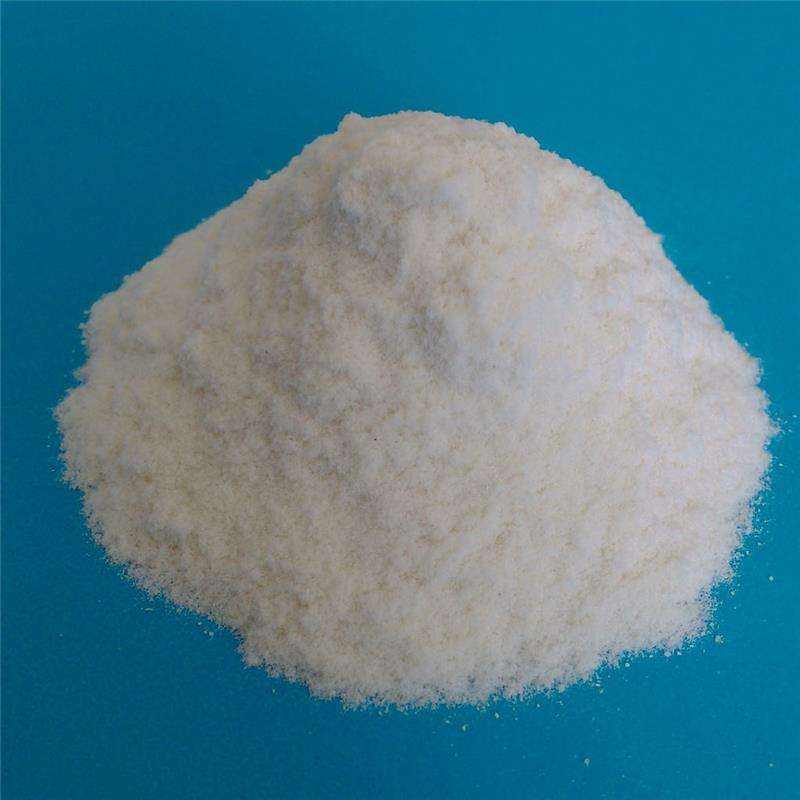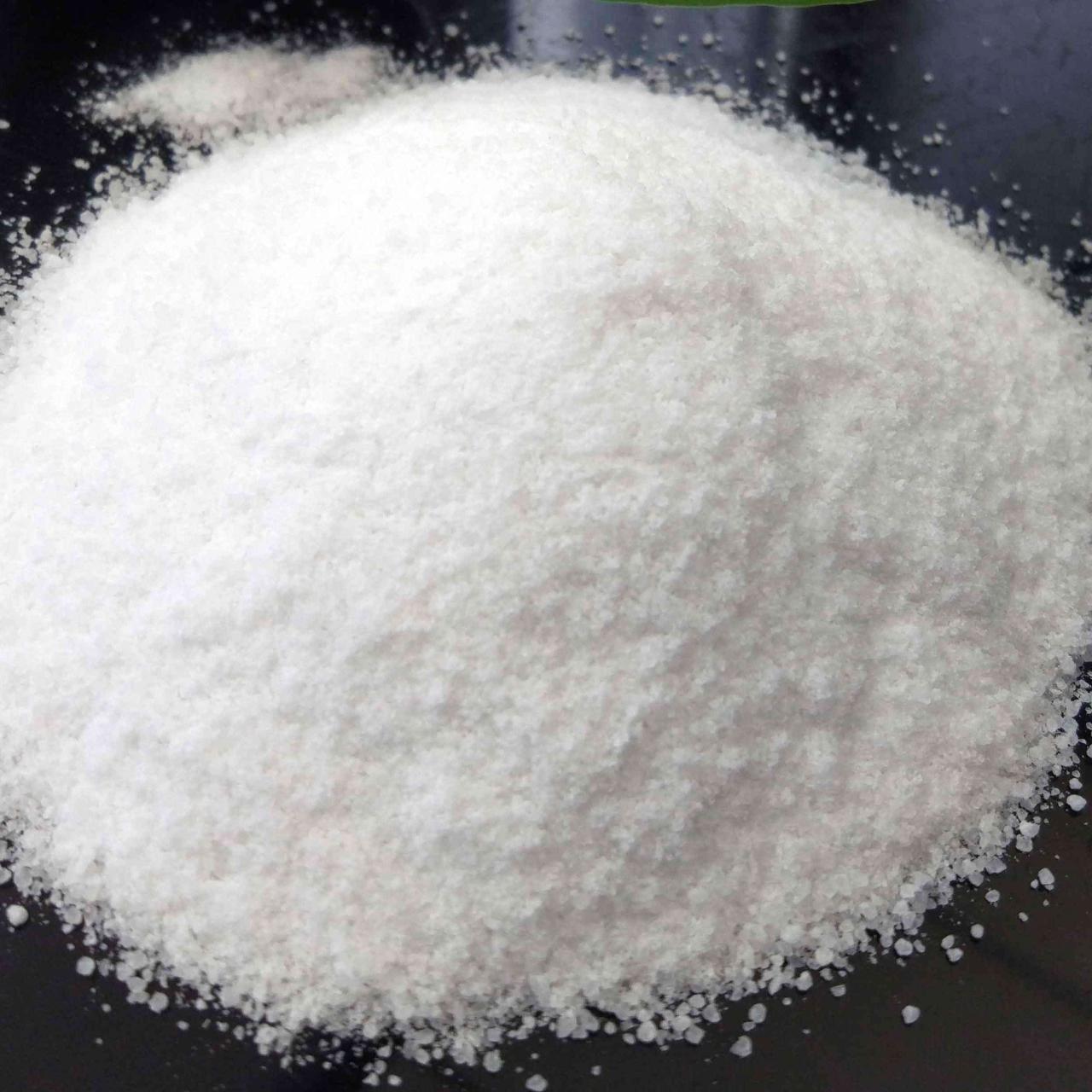Microcrystalline cellulose mainly uses natural plants as raw materials, and its preparation process is mainly divided into three processes:
①Pretreatment of raw materials to prepare high-purity cellulose;
②Degradation of cellulose to prepare microcrystalline cellulose;
③Drying of microcrystalline cellulose.
The following Kain Industrial Additive mainly introduces the preparation method and drying method in the preparation process of microcrystalline cellulose.
Microcrystalline cellulose is a polysaccharide compound with small particle size and high crystallinity composed of glucose units. The molecule is mainly composed of crystalline areas. It is generally passed through biological processes. It is prepared by removing most of the amorphous zone of cellulosic raw materials by method or chemical method. At present, the commonly used methods for preparing microcrystalline cellulose are mainly acid hydrolysis and biological enzymatic methods.

Acid hydrolysis
Acid hydrolysis of cellulose is the most common method for preparing microcrystalline cellulose. It has low cost, short time consumption, high yield, mature preparation method and can be industrialized. Production and other advantages. The principle is that under acidic conditions, the β-1,4 glycosidic bonds in the cellulose structure are cleaved, the amorphous region is gradually removed, and the cellulose molecules are degraded to the ultimate degree of polymerization (15 to 375) to form microcrystalline cellulose. However, due to the special properties of the acid itself, the acid hydrolysis method for preparing microcrystalline cellulose currently has shortcomings such as corrosion of equipment, difficulty in handling waste liquid, and high water consumption during the preparation process.
The main factors affecting the preparation of microcrystalline cellulose by acid hydrolysis are: type of acid, acid hydrolysis time, solid-liquid ratio of cellulose to acid, and acid concentration and auxiliary means used in the preparation process. These factors will affect properties such as yield, particle size, thermal stability, degree of polymerization, purity and crystallinity of microcrystalline cellulose.
The acid used to prepare microcrystalline cellulose through acid hydrolysis can be liquid acids such as hydrochloric acid, sulfuric acid, and phosphoric acid, or solid acids such as phosphotungstic acid (HPW), etc. , among which hydrochloric acid and sulfuric acid are the most commonly used acids in acid hydrolysis. Compared with sulfuric acid, miscellaneous wood microcrystalline cellulose prepared from hydrochloric acid has a higher degree of polymerization and thermal stability. Reed MCC was prepared by acidolysis with sulfuric acid, hydrochloric acid, nitric acid and sulfuric acid/hydrochloric acid mixed acid respectively. The results showed that the type of acid did not affect the morphology of MCC. The prepared MCC were all short rod-shaped, but compared with hydrochloric acid (or nitric acid), sulfuric acid The prepared microcrystalline cellulose has low crystallinity.

The results of using different concentrations of sulfuric acid to decompose cotton cloth to prepare microcrystalline cellulose show that compared with low-concentrated sulfuric acid (35%), high-concentrated sulfuric acid (64%) The prepared microcrystalline cellulose has finer particle size and lower modulus. When using hydrochloric acid acidolysis to prepare microcrystalline cellulose, the order of the factors affecting the yield of microcrystalline cellulose from large to small is: acidolysis temperature > hydrochloric acid concentration > acidolysis time. Under optimal conditions, microcrystalline fiber The yield of element can reach 54.34%.
Biological enzymatic method
Biological enzymatic method is a new method for preparing microcrystalline cellulose. The main biological enzyme used is cellulase. The principle is based on the internal content of cellulase. Dicer can break the molecular chains in the amorphous region of cellulose molecules under certain conditions to form cellulose molecules mainly composed of crystalline regions, thereby obtaining microcrystalline cellulose. Compared with the acid hydrolysis method, the biological enzymatic method for preparing microcrystalline cellulose has the advantages of less chemical consumption and a green and environmentally friendly preparation process. However, due to the particularity of cellulase, there are higher preparation costs, low efficiency and technical difficulties in the preparation process. Defects such as harsh conditions. In the process of preparing microcrystalline cellulose by biological enzymatic method, the main influencing factors are: enzyme dosage, enzymatic hydrolysis temperature, enzymatic hydrolysis time and pH value during enzymatic hydrolysis. The study found that when bagasse microcrystalline cellulose is prepared by biological enzymatic method, the order of influence of various factors on the yield of microcrystalline cellulose from large to small is: enzyme dosage > pH value during enzymatic hydrolysis > enzymatic hydrolysis temperature.
Drying method
In the preparation process of microcrystalline cellulose, the main drying methods include spray drying, blast drying, freeze drying and vacuum oven drying. By controlling the drying process to change the particle size distribution, moisture content, and adhesive ability of microcrystalline cellulose, some properties of microcrystalline cellulose can reach commercial-grade standards.
In actual production, the properties of microcrystalline cellulose prepared by different drying methods generally differ. Zhang Meiyun and others studied the effects of freezing, vacuum and spray drying methods on the properties of microcrystalline cellulose.The results show that microcrystalline cellulose prepared by spray drying has the advantages of high crystallinity, stiffer fibers and small particle size, and is the best drying method for preparing microcrystalline cellulose. Similar studies have found that compared with infrared and blast drying, spray drying has the advantages of fast drying speed and does not affect the morphology, crystallinity and particle size of microcrystalline cellulose.

 微信扫一扫打赏
微信扫一扫打赏

